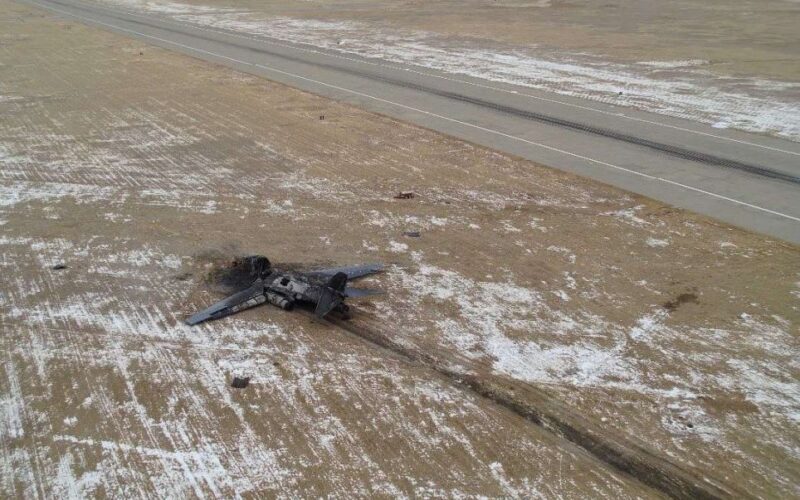The United States Air Force has published its final report on the accident involving an Air Force B-1B from the 28th Bomb Wing at Ellsworth Air Force Base in South Dakota which occurred on January 4, 2024.
At approximately 17:47 local time, the B-1B supersonic bomber, tail number 85-0085, crash-landed outside Runway 13 at Ellsworth Air Force Base. The aircraft touched down about 100 feet (30 meters) short of the runway, causing the rear radome to strike the ground and the main landing gear to hit the approach lighting system.
The mishap led to the crew ejecting from the aircraft. All four members safely departed, though two sustained injuries during the ejection sequence. The bomber skidded approximately 5,000 feet (1,500 meters) across Runway 13, veering left before coming to rest in the infield between two taxiways. A fire broke out, resulting in a total loss of the aircraft. The estimated damage totals $456,248,485.
The incident occurred while the crew was conducting a low-visibility approach through dense fog. During the final approach, the pilot reduced engine throttles to manage airspeed and align with the Instrument Landing System glideslope. However, the aircraft experienced wind shear, dropped below the glideslope and became thrust deficient. The crew did not notice the aircraft’s dropping vertical velocity until it was too late.
The Accident Investigation Board found that the primary cause of the crash was the crew’s ineffective crosscheck, which failed to notice the aircraft’s decreasing airspeed and descent rate.
Several contributing factors have also been also identified, including poor crew resource management, adverse weather conditions, ineffective supervision and lack of awareness of airfield conditions, plus an “unhealthy organizational culture that permitted degradation of airmanship skills, inadequate focus on governing directives, lack of discipline, and poor communication regarding airfield conditions and hazards”.

